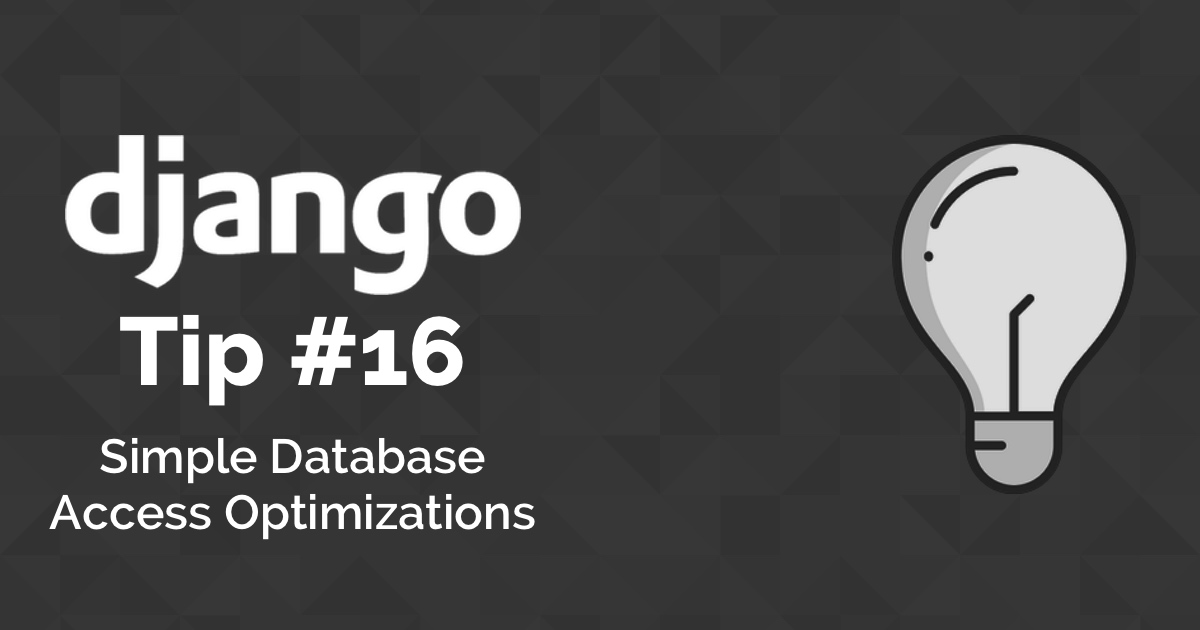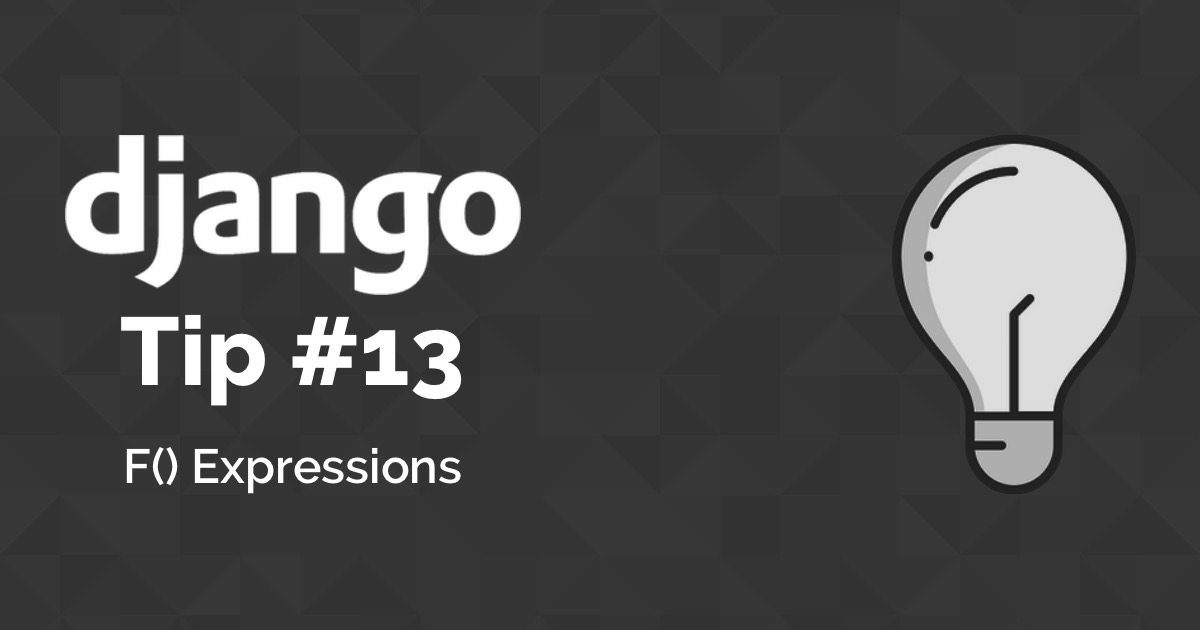This is a very simple trick that can help you optimize your database queries using the Django ORM.
It is important to note that the Django QuerySets are lazy, which is a good thing if used properly.
For example, if we consider a model named Invoice and the following lines of code are executed:
invoices = Invoice.objects.all()
unpaid_invoices = invoices.filter(status='UNPAID')At this point, the Django ORM didn’t touch the database yet, meaning no query was executed. It will hit the database when we evaluate the QuerySet. Usually it happens when we start to iterate through the QuerySet, in a view or in the template, like in the following example:
<table>
<tbody>
{% for invoice in unpaid_invoices %}
<tr>
<td>{{ invoice.id }}</td>
<td>{{ invoice.description }}</td>
<td>{{ invoice.status }}</td>
</tr>
{% endfor %}
</tbody>
</table>In the example above it is perfectly fine. Only one database query will be executed. But the problem starts to appear
when your model relates to other models through ForeignKey, OneToOneField or ManyToManyField.
Let’s say our Invoice model has ForeignKey to a Vendor model:
class Invoice(models.Model):
description = models.CharField(max_length=255)
status = models.CharField(max_length=10)
vendor = models.ForeignKey(Vendor)Now if you want to iterate through the unpaid_invoices QuerySet, like we did in the previous example in the template,
but this time also displaying the vendor name, the Django ORM will execute an extra query for each row in the
unpaid_invoices QuerySet:
<table>
<tbody>
{% for invoice in unpaid_invoices %}
<tr>
<td>{{ invoice.id }}</td>
<td>{{ invoice.description }}</td>
<td>{{ invoice.status }}</td>
<td>{{ invoice.vendor.name }}</td>
</tr>
{% endfor %}
</tbody>
</table>If the unpaid_invoices QuerySet has 100 rows, this simple for loop will execute 101 queries. One query
to retrieve the invoices objects, and one query for each invoice object in order to retrieve the vendor information.
This undesired effect can be mitigated using the select_related method in order to retrieve all the required
information in a single database query.
So, instead of filtering the unpaid invoices like the first example, you may want to do it like this:
invoices = Invoice.objects.all()
unpaid_invoices = invoices.select_related('vendor').filter(status='UNPAID')This way, the Django ORM will prefetch the vendor data for each invoice in the same query. So extra queries are no longer needed for this case. This can give a great performance increase for your application.
A good way to keep the track of the number of executed queries is using the Django Debug Toolbar.
You can also learn more about the Django QuerySet API reading the official Django Documentation.


 (Picture:
(Picture:  How to Create Django Data Migrations
How to Create Django Data Migrations
 Django Tips #16 Simple Database Access Optimizations
Django Tips #16 Simple Database Access Optimizations
 Django Tips #13 Using F() Expressions
Django Tips #13 Using F() Expressions
 How to Extend Django User Model
How to Extend Django User Model
 How to Setup a SSL Certificate on Nginx for a Django Application
How to Setup a SSL Certificate on Nginx for a Django Application
 How to Deploy a Django Application to Digital Ocean
How to Deploy a Django Application to Digital Ocean